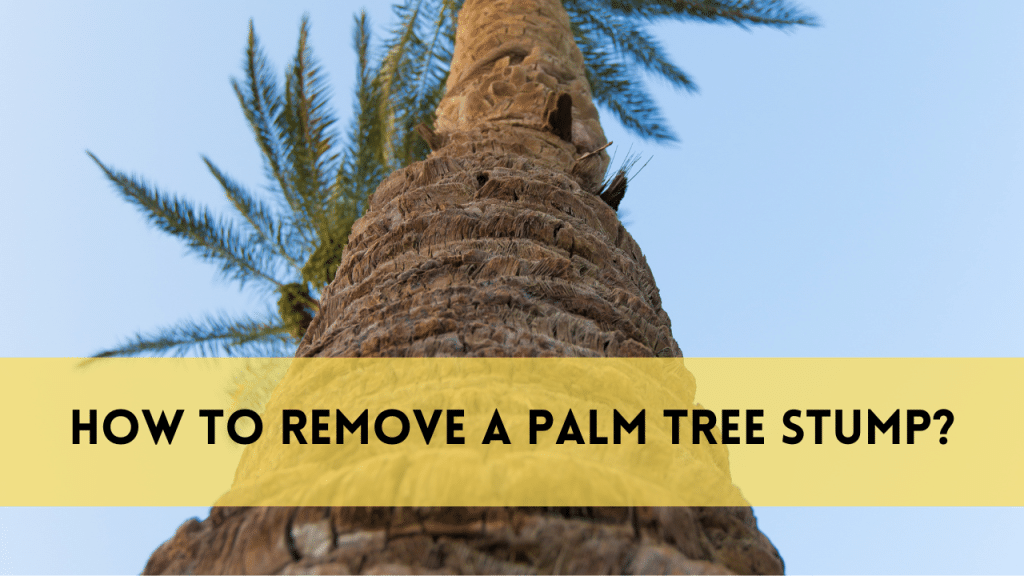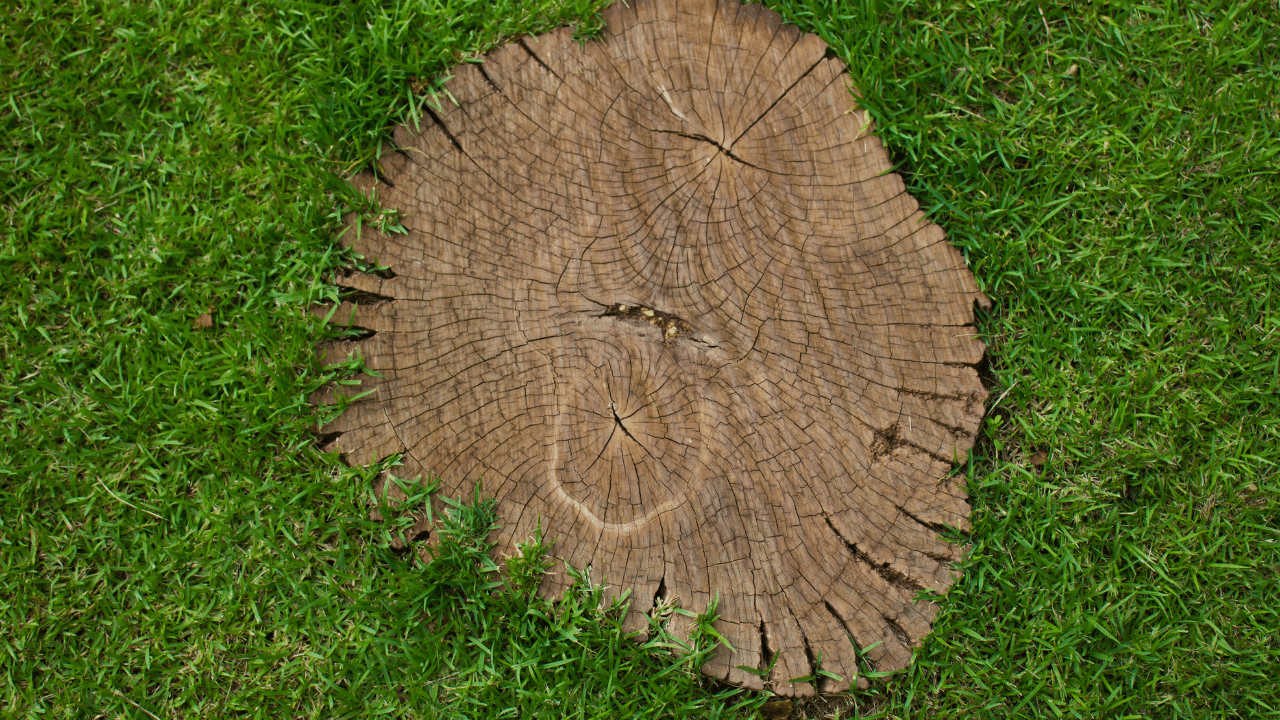When we moved into our new home last summer, the backyard had a beautiful—but dead—palm tree. The trunk had been cut down, but the stubborn stump remained, an eyesore in an otherwise perfect lawn. That’s when I realized I needed to figure out how to remove a palm tree stump the right way.
Palm tree stumps can be tricky. Unlike other trees, palms have a unique root system that’s more fibrous than deep, making removal a different challenge. Whether you’re dealing with a small stump or a massive one, there’s a solution that fits your needs. Here’s what I learned through trial, error, and a bit of sweat.
Why Should You Remove a Palm Tree Stump?
At first, I considered leaving the stump—maybe turning it into a quirky garden feature. But then I noticed the termites. A decaying stump is a magnet for pests, and I didn’t want them spreading to my house. Beyond bugs, old stumps can:
- Hinder landscaping – Trying to mow or plant around a stump is frustrating.
- Pose a tripping hazard – Especially if grass grows over it.
- Take years to decompose naturally – Some palm stumps linger for a decade.
If you want a clean, functional yard, the best choice is to remove a palm tree stump.
Method 1: Digging It out (the Hard Way)
The most straightforward—and most labor-intensive—way to remove a palm tree stump is by digging it out. This works best for smaller stumps.
I grabbed a shovel, pickaxe, and a strong friend (essential tools for this job). First, I cleared the soil around the stump, exposing the roots. Palm roots don’t grow deep, but they spread wide, so I had to sever them with a pruning saw. After a few hours of digging, prying, and wrestling, the stump finally came loose.
Pros:
- No chemicals or special equipment needed.
- Immediate results.
Cons:
- Extremely physical work.
- Risk of damaging nearby plants or irrigation lines.
If you’re up for a workout, this method to remove a palm tree stump works. But for larger stumps, there are easier ways.
Method 2: Grinding It Down
For bigger stumps, a stump grinder is the way to go. I rented one from a local hardware store—a beast of a machine that chews through wood like butter.
After putting on safety goggles and gloves, I positioned the grinder over the stump and let it do the work. Within minutes, the stump was reduced to wood chips, which I later used as mulch.
Pros:
- Fast and efficient.
- Minimal manual labor.
Cons:
- Requires renting or buying equipment.
- Not ideal for stumps close to structures (the grinder needs space).
If you’re not comfortable operating heavy machinery, hiring a professional might be worth it.
Method 3: Chemical Removal (the Slow but Easy Way)
If you’re not in a rush, chemical stump removers can speed up decomposition. I tried this on a second stump in my yard—drilling deep holes into the wood and filling them with potassium nitrate.
Over the next few weeks, the stump softened, making it easier to break apart with an axe. This method to remove a palm tree stump takes patience, but it’s great if you want a low-effort solution.
Pros:
- Minimal physical effort.
- Affordable.
Cons:
- Takes weeks or months.
- Chemicals may affect surrounding soil.
Method 4: Burning It out (where Allowed)
In some areas, burning a stump is an option. Since I live in a dry climate, this wasn’t safe for me, but I’ve heard from friends that soaking the stump in kerosene and lighting it (carefully!) can turn it to ash in a day.
Important: Check local fire regulations before trying this.
What to Do After Removal
Once the stump is gone, you’ll likely have a hole or uneven ground. I filled mine with fresh soil, tamped it down, and reseeded with grass. If you used chemicals, consider testing the soil before replanting.
FAQs
Will a palm tree stump grow back?
Unlike some trees, palm stumps won’t regrow if fully removed. However, any remaining roots may sprout small shoots, which should be dug out.
How deep are palm tree roots?
Most palm roots grow within the top 2-3 feet of soil, spreading outward rather than downward.
Can I use Epsom salt to rot a palm stump?
Yes, Epsom salt can help dry out the stump over time, but it works slower than commercial stump removers.
Is it better to hire a professional to remove a palm tree stump?
If the stump is large, near utilities, or you’re uncomfortable with DIY methods, hiring a pro ensures safe, efficient removal.
How long does it take for a palm stump to decompose naturally?
Without treatment, a palm stump can take 5-10 years to fully break down.
Conclusion:
Learning how to remove a palm tree stump gave me back a usable yard—no more tripping hazards or termite worries. Whether you dig, grind, or dissolve it, the key is choosing the right method to remove a palm tree stump that fits your time, budget, and strength.
Now, my backyard is stump-free and ready for new memories—maybe even a new palm tree, planted the right way this time.






